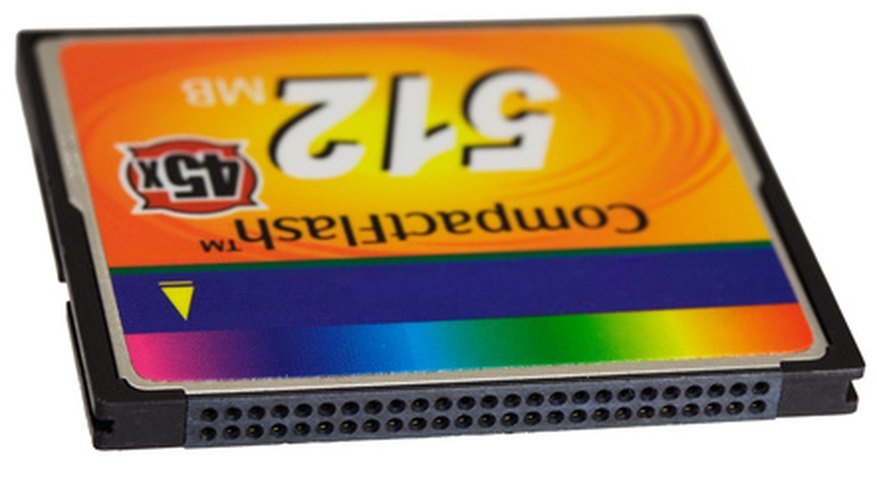CompactFlash (CF) is an industry standard for solid-state cards containing Flash non-volatile memory. CF cards are available in capacities of up to 128 gigabytes. Users rely on CF cards as storage for data such as music and pictures. In addition to that, many users connect those cards to an Integrated Drive Electronics (IDE) standard bus and boot their computers from the contents of the cards. To boot from a CF card, it must contain a "live" image of an operating system; users can create such an image using file manipulation tools. However, some CF cards are factory-set to the "removable mode" defined in the CF standard. Operating systems like Windows will not boot from a card unless the card is set to the CF "fixed mode."
- CompactFlash (CF) is an industry standard for solid-state cards containing Flash non-volatile memory.
- In addition to that, many users connect those cards to an Integrated Drive Electronics (IDE) standard bus and boot their computers from the contents of the cards.
Insert the CF card into the card reader on the computer. Reboot the computer. At the initial splash screen, press "F1" to enter the BIOS Setup utility. Go into the "Main" menu option. Check that the card is listed as a "Master" in the IDE configuration (it does not matter if it is listed on the primary Channel 0 or on the secondary Channel 1.) If the card is in a "Slave" slot, this solution will not work.
Boot into Windows. With a Web browser, download the file "ATCFWCHG.COM" (see Resources.)
- Insert the CF card into the card reader on the computer.
- With a Web browser, download the file "ATCFWCHG.COM" (see Resources.)
Click on "Start," then "Run." Enter "cmd" on the command bar of the "Run" window. Press "Enter." A command window will open.
Click anywhere on the body of the command window and type "ATCFWCHG.COM /P /F" (without quotes) and press "Enter" if the card was listed in the primary IDE channel by the BIOS Setup utility. If the card is on the secondary IDE channel, type "ATCFWCHG.COM /S /F" instead. The CF card is now set to fixed mode.
- Click on "Start," then "Run."
- Click anywhere on the body of the command window and type "ATCFWCHG.COM /P /F" (without quotes) and press "Enter" if the card was listed in the primary IDE channel by the BIOS Setup utility.
